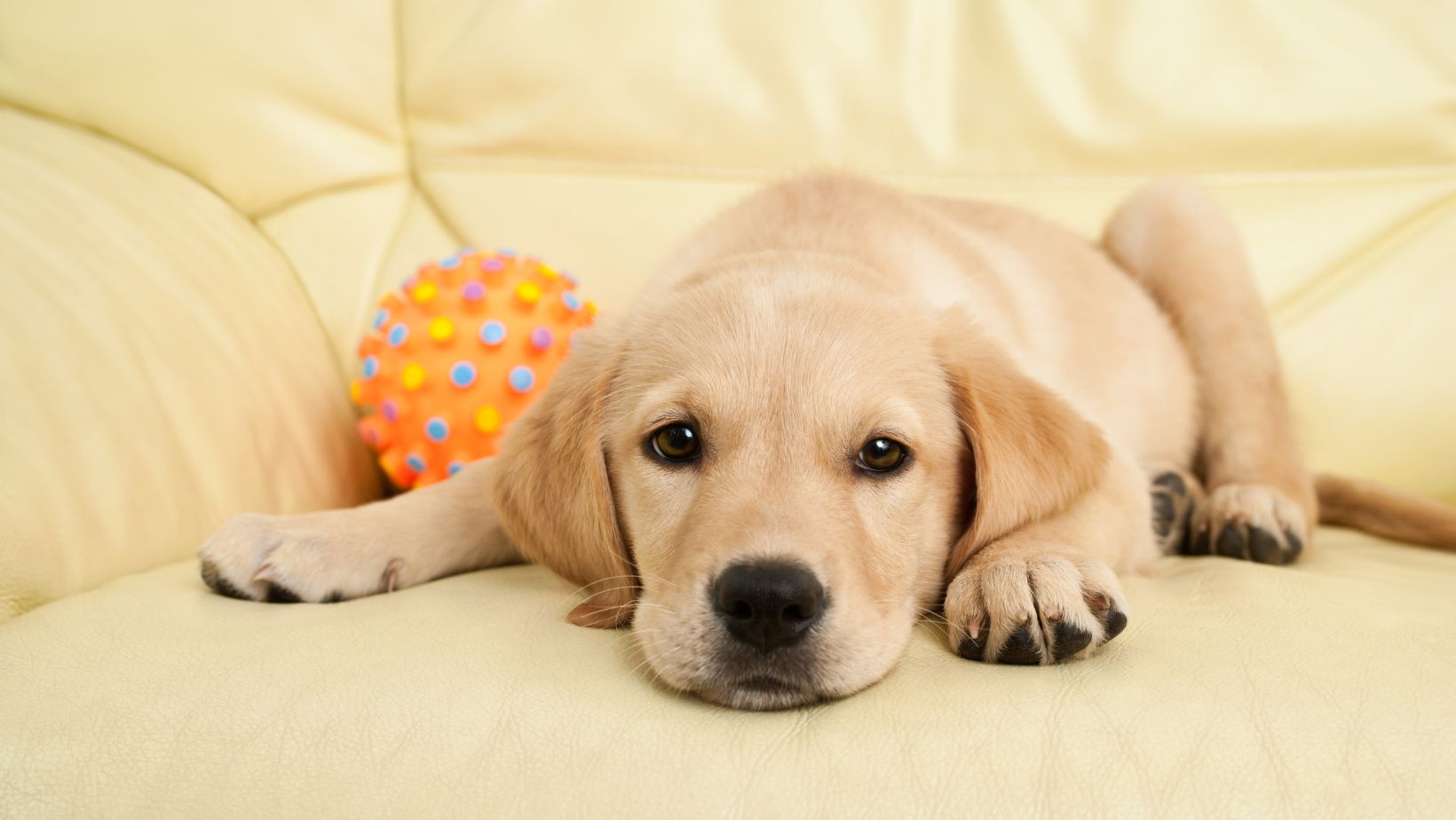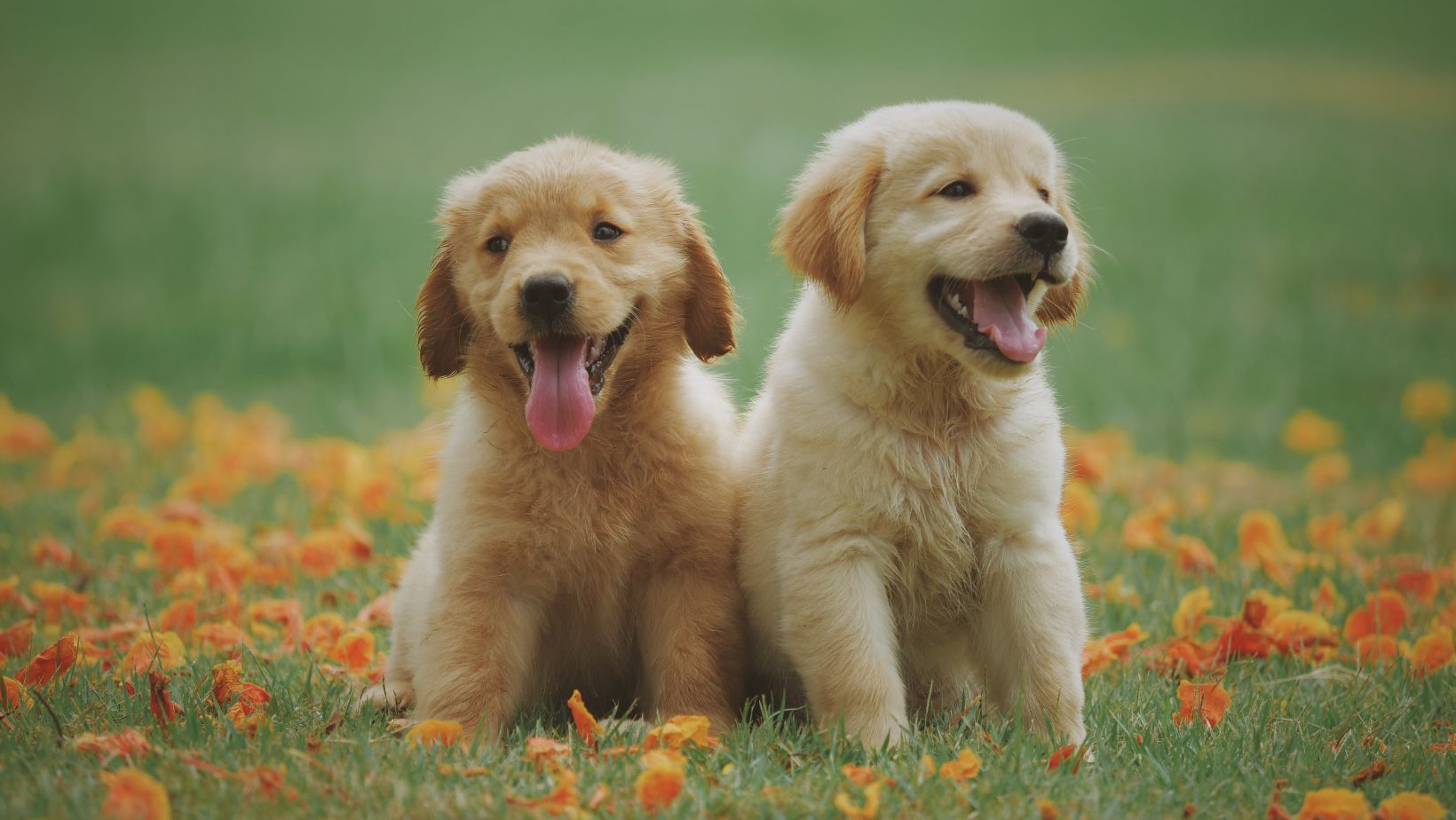Training your Labrador puppy can be challenging and rewarding. Utilizing positive reinforcement techniques can significantly improve your training outcomes. This approach builds a strong bond between you and your puppy, promoting good behavior through rewards.
Positive reinforcement is a powerful method for training your Labrador puppy. It focuses on rewarding desired behaviors, making learning enjoyable for you and your puppy. By using treats, praise, and toys as rewards, you can encourage your puppy to repeat good behavior while avoiding negative reinforcement methods that may cause fear or anxiety.
The Basics of Positive Reinforcement
Understanding the basics of positive reinforcement is crucial for effective puppy training. This technique involves immediately rewarding your puppy when they exhibit a desired behavior. The reward can be anything your puppy finds motivating, such as a treat, verbal praise, or a favorite toy. Consistency is key; reward your puppy every time they perform the desired action to reinforce the behavior. To discover how this method can help shape a well-behaved Labrador, keep reading to learn more.
When beginning to train your Lab puppy, it’s crucial to clearly understand the specific behaviors you want to reinforce. Start with simple commands such as “sit,” “stay,” or “come,” and gradually progress to more complex tasks as your puppy masters the basics. Remember to keep training sessions short and engaging, usually no more than 5-10 minutes, to prevent your puppy from becoming bored or frustrated.
Using Treats Effectively
Treats are one of the most effective tools in positive reinforcement training. When used correctly, they can significantly accelerate the learning process. It is important to choose healthy treats that your Labrador enjoys and use them sparingly to prevent overfeeding. During a training session, give treats promptly after the desired behavior to reinforce the connection between action and reward.
When selecting treats for training, opt for small, soft treats that can be quickly consumed. This will allow you to maintain a steady flow of rewards without interrupting the training session. Reserve high-value treats, such as small pieces of cooked chicken or cheese, for when your puppy successfully performs a particularly challenging task or exhibits exemplary behavior. This will help to reinforce the importance of these specific actions.
Incorporating Praise and Play
While treats are effective, incorporating praise and play into your training routine can provide additional motivation for your Labrador puppy. Verbal praise, such as saying “good job” or “well done,” reinforces positive behavior without needing food rewards. Playtime with favorite toys can also be an excellent reward, especially for energetic Labs who thrive on physical activity.
When using verbal praise, ensure your tone is enthusiastic and positive, as puppies are highly attuned to vocal cues. Combine verbal praise with gentle petting or scratching, which many Labradors find rewarding. Interactive play, such as a game of tug or fetch, not only serves as a reward but also provides mental stimulation and helps to strengthen the bond between you and your puppy.
Avoiding Common Mistakes
One common mistake in positive reinforcement training is inconsistency. Failing to reward desired behaviors consistently can confuse your puppy and slow their progress. Another mistake is using punishment-based techniques alongside positive reinforcement, which can undermine the effectiveness of the training. It is essential to stay patient and persistent, ensuring that each training session is a positive experience for both you and your Labrador puppy.
Consistency in your training approach is essential, not only in terms of rewarding desired behaviors but also in the words and gestures you use to cue these behaviors. Ensure all family members or individuals involved in the puppy’s training are on the same page, using the same commands and rewards. This consistency will help your Labrador puppy learn more quickly and avoid confusion.

